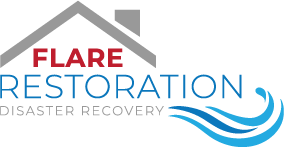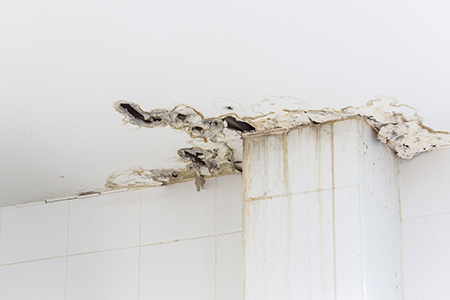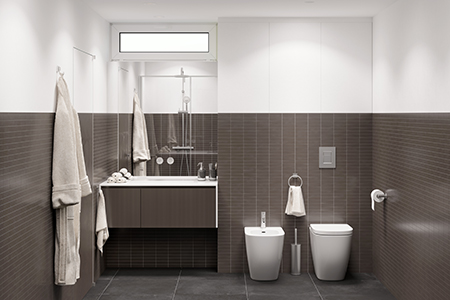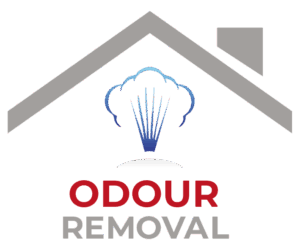When a leak invades your home or business, we’re here to make it right.
A burst pipe, a boiler losing pressure and/or underground water mains?
Leaks cost money and cause damage; boiler leaks leave you without heating and hot water.
A burst pipe or a boiler losing pressure to underground water mains must be resolved as soon as possible to prevent structural damage and potentially non-reclaimable water loss costs.
No need to struggle; most leaks can be dealt with quickly, and since most people have insurance cover for “Trace and Access”, our costs can be recovered quickly and your home repaired.
Flare Restoration has vast experience with insurers, their excuses not to pay out on the insurance claims and how to deal with them.
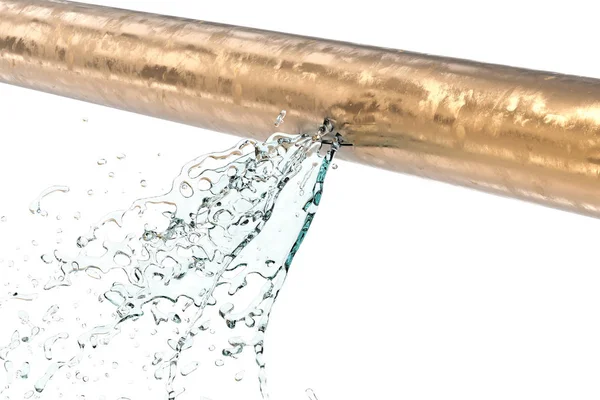
We are proud of what we do and want to help our clients understand the process of leak detection.
We do understand the stress a leak can cause and make sure an insurance claim can be made if appropriate, to minimise the financial impact.


Benefits of using Flare Restoration
✓ Boiler faults causing leaks diagnosed
✓ Non-destructive leak detection
✓ Help with insurance claims
✓ Keep costs at a minimum
✓ Stop high water bills
✓ Minimise property damage and disruption
✓ Provide photographic reports and recommendations
✓ We can work with your existing plumber
✓ Help with water damage repair
The processes of leak detection
Leak detection processes vary depending on the type of leak (water, gas, etc.) and the building materials involved, but here’s an overview of the common professional leak detection processes, particularly for water leaks in buildings:

1. Visual Inspection
Purpose: Initial assessment to look for visible signs (staining, dampness, mould, swollen materials).
Tools: Moisture meters, thermal cameras.
When used: Always the first step.

2. Moisture Mapping
Purpose: To track moisture patterns across walls, floors, ceilings.
Tools: Non-invasive moisture meters, thermal imaging.
Benefit: Helps isolate the source or path of the leak.

3. Thermal Imaging (Infrared Thermography)
Purpose: Detects temperature differences caused by moisture or leaks.
Tools: Infrared cameras.
Benefit: Non-invasive; ideal for spotting leaks behind walls or under floors.

4. Acoustic Listening
Purpose: Detects the sound of water escaping under pressure.
Tools: Ground microphones, acoustic sensors.
Benefit: Effective for underground or concealed pipe leaks.

5. Tracer Gas Testing
Purpose: Detects leaks in pressurised systems.
Tools: Nitrogen/hydrogen mix + sniffer sensor.
Benefit: Highly accurate, non-damaging; gas escapes through the smallest cracks.

6. Pressure Testing
Purpose: Determines if a system (e.g., central heating or plumbing) is holding pressure.
Tools: Manometers or pressure gauges.
Benefit: Confirms a leak’s presence even if not visible.

7. Dye Testing (UV or Food-Grade Dyes)
Purpose: Traces leaks in drainage systems, toilets, or shower trays.
Tools: UV dye + UV light.
Benefit: Visually confirms leak source.

8. Borescope Inspection
Purpose: Allows visual inspection inside confined or concealed spaces.
Tools: Flexible camera scope.
Benefit: Minimal disruption; good for behind walls or under floors.

9. Salt Analysis
Purpose: Determines the type of water (tap, groundwater, waste) by analysing salt patterns.
Tools: Chemical tests or lab sampling.
Benefit: Helps differentiate between rising damp and leaks.
10. Invasive Testing (if needed)
Purpose: Confirm leak location when non-invasive methods are inconclusive.
Tools: Test holes, water spray tests, controlled removal of materials.
Benefit: Final confirmation before repairs.
Related Services
- Building Restoration & Renovation
- Removals & Storage
- Artwork & Furniture Restoration
- Textile Cleaning & Restoration
- Dry Ice Cleaning & Restoration
- Surface Cleaning & Restoration
- Rug Cleaning & Restoration
